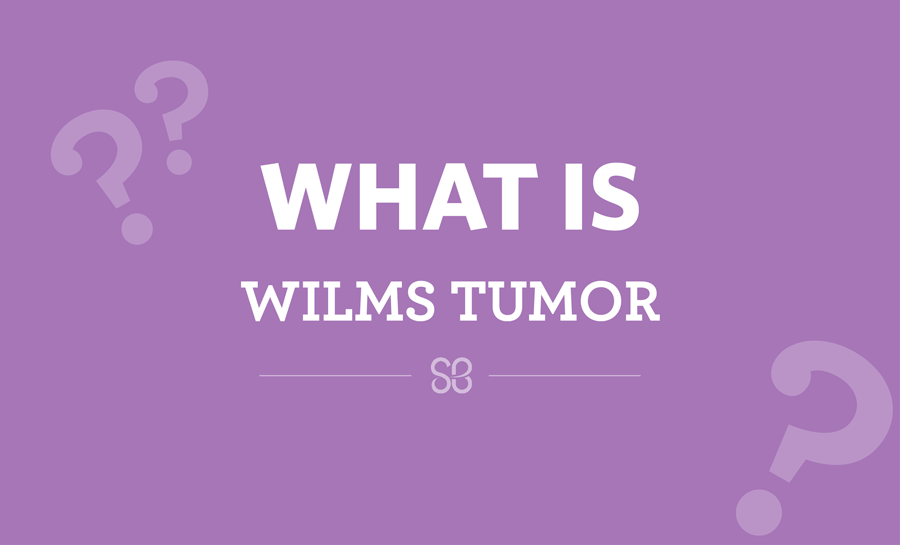
What is Wilms tumor?
Wilms tumor is a cancer of the kidney. It is one of the most common types of childhood cancer, with approximately 500 new patients a year in the United States alone. It was named after German surgeon Max Wilms, who is credited with discovering the cancer in 1899. There are several other less common types of kidney cancer that affect children and teenagers. These include clear cell sarcoma, malignant rhabdoid tumor, and renal cell carcinoma.
What are the signs and symptoms of Wilms tumor?
There are few signs of Wilms tumor. The most common sign is a firm mass in the belly. Some children have belly pain or blood in the urine. Other children are found to have high blood pressure in the doctor’s office. The tumor expands slowly and is usually quite large when detected.
 Wilms tumor cell as seen in the kidney.
Wilms tumor cell as seen in the kidney.What treatment options are available for kids with Wilms tumor?
The treatment program is typically designed based on these factors:
- The child’s age
- The tumor’s stage, which is a measure of the extent of spread of the tumor. Wilms tumors are staged from I to V:
- Stage I – the tumor is completely confined to the kidney.
- Stage II – the tumor extended beyond the kidney but was completely removed.
- Stage III – tumor cells remain in the belly after surgery or that tumor cells were found in surrounding lymph nodes.
- Stage IV – the tumor has spread to a distant site, most commonly the lungs.
- Stage V – there are tumors in both kidneys, called “bilateral Wilms tumor.”
- The appearance of the tumor under the microscope is called “histology.” Based on the microscopic appearance, some Wilms tumors are classified as “favorable histology” and others are classified as “anaplastic histology.”
- The genetic features of the tumor cells, including chromosome losses or gains in the tumor. One of the tests of chromosome loss is called “loss of heterozygosity.”
Treatment usually involves a combination of the following:
- Surgery: Wilms tumors usually need to be removed by a surgeon, either before or after additional therapy.
- Chemotherapy: Wilms tumors are typically very sensitive to chemotherapy. Children with stage I or II favorable histology Wilms tumor are treated with two drugs that kill tumor cells, vincristine and dactinomycin. Patients with Stage III, IV, or V favorable histology Wilms tumor are treated with a third drug, doxorubicin. Patients with anaplastic histology Wilms tumor usually require additional drugs.
- Radiation therapy: In addition to chemotherapy, children with stage III or IV Wilms tumor will benefit from further treatment using radiation.
How is research helping kids with Wilms tumor?
Research into the causes and treatment of Wilms tumor has been remarkably successful in the last few decades. As a result, over 90% of patients with Wilms tumor now survive their disease.
However, Wilms tumor researchers are still faced with these challenges:
- Reducing the side effects of therapy
- Identifying tumor features that will predict which patients will relapse
- Identifying new therapies that will successfully treat tumors that relapse
- Identifying new therapies to treat the other types of kidney cancer that arise in children
The Children’s Oncology Group (COG) recently published the results of a series of international clinical research studies that demonstrated improved survival for patients several types of Wilms tumor. The studies also showed that for some patients, surgery alone provides a good outcome, reducing the need for chemotherapy. The St. Baldrick’s Foundation is the largest non-government supporter of the COG.
Kids with cancer need better treatments. Donate now to help them grow-up and live long, healthy lives.
Join us today and #DFYchildhoodCancers!
Read more on the St. Baldrick’s blog:

 SBF
Tweets »
SBF
Tweets »